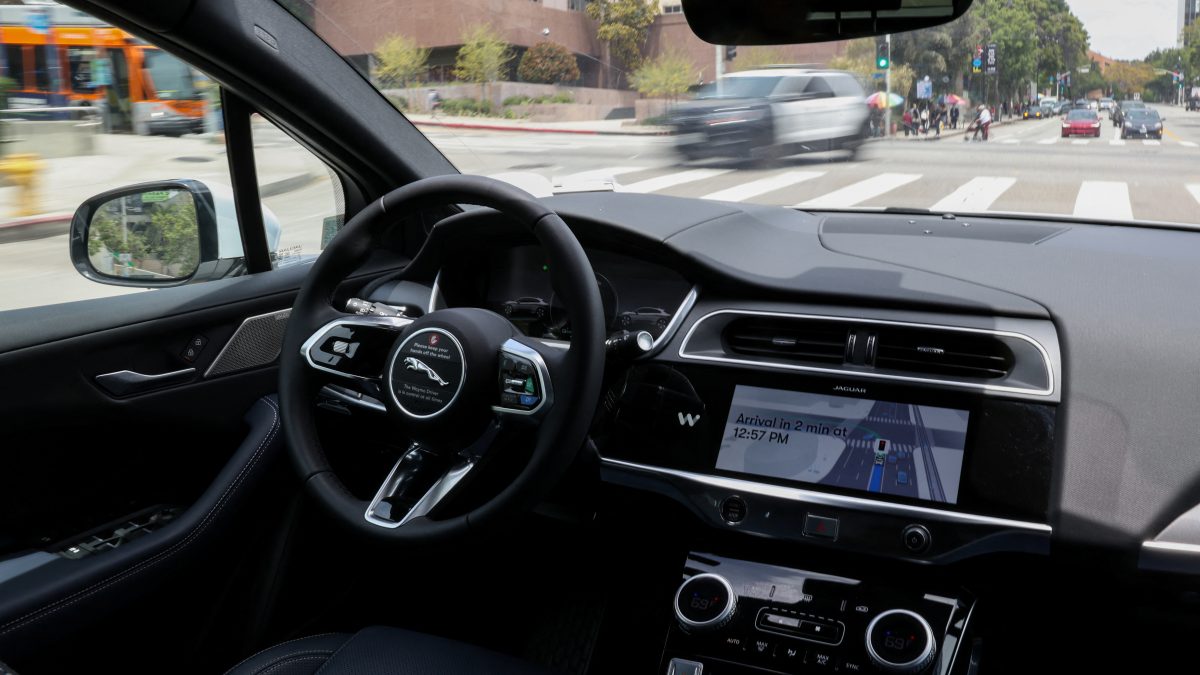China is making significant strides in AI, especially considering that it, for the most part was under severe sanctions from the US. However, as commendable as China’s development of its own AI model is, its rapid expansion of data centres to support AI initiatives is raising concerns about water consumption.
A recent report by China Water Risk has revealed the staggering amount of water being used by data centres in China. What’s more worrying though is that projections indicate a dramatic increase in water usage by 2030.
Currently, China’s data centres consume approximately 1300 billion litres of water a year. This is equivalent to the residential water use of about 26 million people in China. By 2030 however, this number could skyrocket to 3000 billion liters, posing a significant strain on water resources. To put that in perspective, the report claims that the entire country of South Korea won’t be using as much water as China’s data centres.
The demand for water is primarily driven by the need to cool down the hardware used in training and maintaining AI models, which generate substantial heat.
China plans to triple the number of data centres by 2030, and deploy approximately 11 million data centre racks.
And it is not just China who are wantonly going all out with the expansion of their AI models. The United States of America is also witnessing a major surge in water consumption, thanks to the ongoing AI boom. Companies like Microsoft and Google have already disclosed staggering figures regarding their water consumption in AI-related activities.
While Microsoft and OpenAI consumed about 700,000 litres in just training GPT-3. Google in its 2023 Environmental Report revealed that it had used up an astronomical 21.1 billion litres of water in 2022.
Impact Shorts
More ShortsThe energy-intensive nature of AI chatbots, powered by specialised chips, further exacerbates the water consumption issue. For instance, if 100 million people were to ask ChatGPT just one question each that would consume water that would be equivalent to 20 Olympic swimming pools.
Asking the same thing to Google without relying on AI would consume about 20 times less water, the report claimed.
Experts are sounding the alarm over the escalating energy and water demands of AI. Some experts are also predicting that soon enough data centres will consume more electricity than several nations in their entirety.
To mitigate these concerns, there is a pressing need for breakthroughs in energy-efficient chip technology and innovative approaches to AI model training and power consumption.
Addressing these challenges will require concerted efforts from industry leaders, policymakers, and technology innovators to ensure the sustainable development and deployment of AI technologies without further straining global water resources.
(With inputs from agencies)


)

)
)
)
)
)
)
)
)



